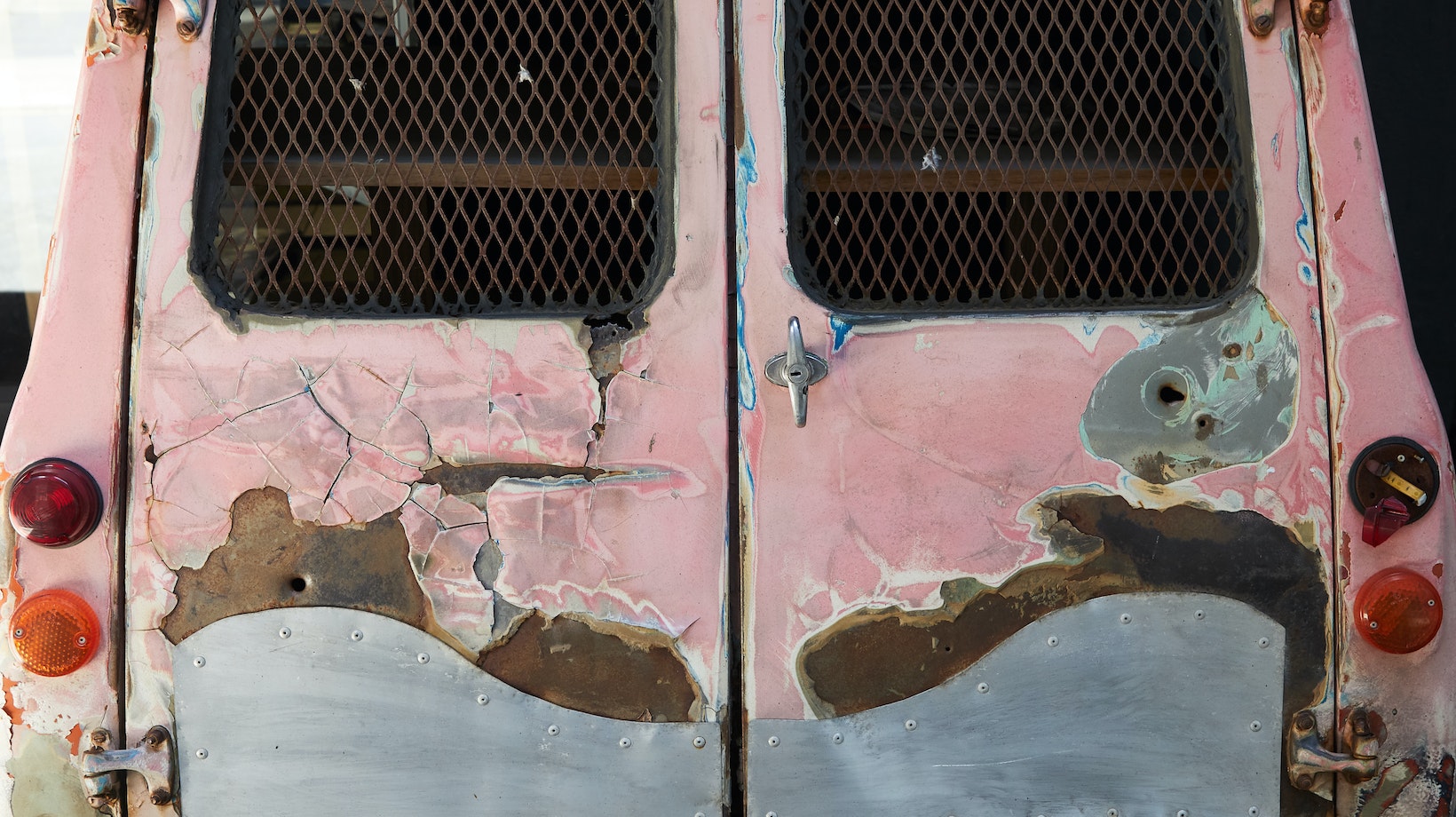Car frame rust repair is a common concern for many vehicle owners, as rust can weaken the structural integrity of the car and compromise its safety. Rust forms when metal surfaces are exposed to moisture and oxygen over time, leading to corrosion and deterioration.
Common Causes of Car Frame Rust
Car frame rust is a common issue that many vehicle owners have to deal with. There are several factors that can contribute to the development of rust on a car’s frame. In this section, we’ll explore some of the most common causes of car frame rust.
- Exposure to Moisture: One of the primary culprits behind car frame rust is prolonged exposure to moisture. When a car’s frame comes into contact with water, it creates an environment conducive for rust formation.
- Road Salt and Debris: Another major cause of car frame rust is exposure to road salt and debris. During winter months, salt is used on road surfaces to melt ice and snow. Additionally, debris such as dirt, mud, and small rocks can get trapped in crevices and create pockets where moisture accumulates, accelerating the rusting process.
- Poor Maintenance: Neglecting regular maintenance can also contribute to car frame rust.
- Environmental Factors: Certain environmental factors can increase the likelihood of car frame rust as well. Living in coastal areas exposes vehicles to salty air from ocean breezes, which accelerates corrosion processes significantly.
- Poor Paint Protection: The paint coating on a car serves as a protective layer against moisture penetration and subsequent corrosion. If this protective layer becomes damaged or wears away over time, the metal underneath is left vulnerable to rust.
Understanding the common causes of car frame rust can help vehicle owners take proactive measures to prevent its occurrence. Regularly washing and waxing the car, avoiding prolonged exposure to moisture, and addressing any signs of damage promptly are some effective preventive steps.

Car Frame Rust Repair
Rust can weaken the car frame, compromising its structural integrity and leading to costly repairs if left unattended. In this step-by-step guide, we’ll walk you through the process of repairing car frame rust:
- Assess the Extent of Rust Damage: Inspect the affected areas thoroughly, paying close attention to any signs of corrosion or weakened metal. This initial assessment will help you determine the best course of action and gather the necessary tools and materials.
- Gather Your Tools and Materials: To effectively repair car frame rust, you’ll need a few essential tools and materials such as:
- Safety equipment: Gloves, safety goggles, and a dust mask.
- Wire brush or sandpaper: Use these to remove loose rust particles.
- Rust converter or primer: Apply this product after removing loose rust to prevent further corrosion.
- Body filler: Fill in any holes or deep scratches caused by rust.
- Automotive paint: Matched to your vehicle’s color for a seamless finish.
- Paintbrushes or spray gun: Depending on your preference and expertise.
- Remove Loose Rust: Start by using a wire brush or sandpaper to remove any loose rust particles from the affected areas.It’s important to create a clean surface before proceeding with further steps.
- Apply Rust Converter or Primer: Once you’ve removed loose rust, apply a layer of rust converter or primer on the affected areas according to the product instructions. These products work by converting any remaining rust into a stable compound or providing a protective barrier against further corrosion. Allow the converter or primer to dry completely before moving on to the next step.
- Fill Holes and Deep Scratches: Apply the filler evenly and follow the manufacturer’s instructions for drying time. After it has dried, sand down the filled areas until smooth and level with the surrounding metal surface.
- Paint and Blend: The final step is to paint the repaired areas to match your vehicle’s color. Use automotive paint and either a brush or spray gun for an even application. Ensure that you blend the new paint seamlessly with the surrounding areas for a professional finish.
Remember that prevention is key when it comes to protecting your car’s frame from rust formation.







































